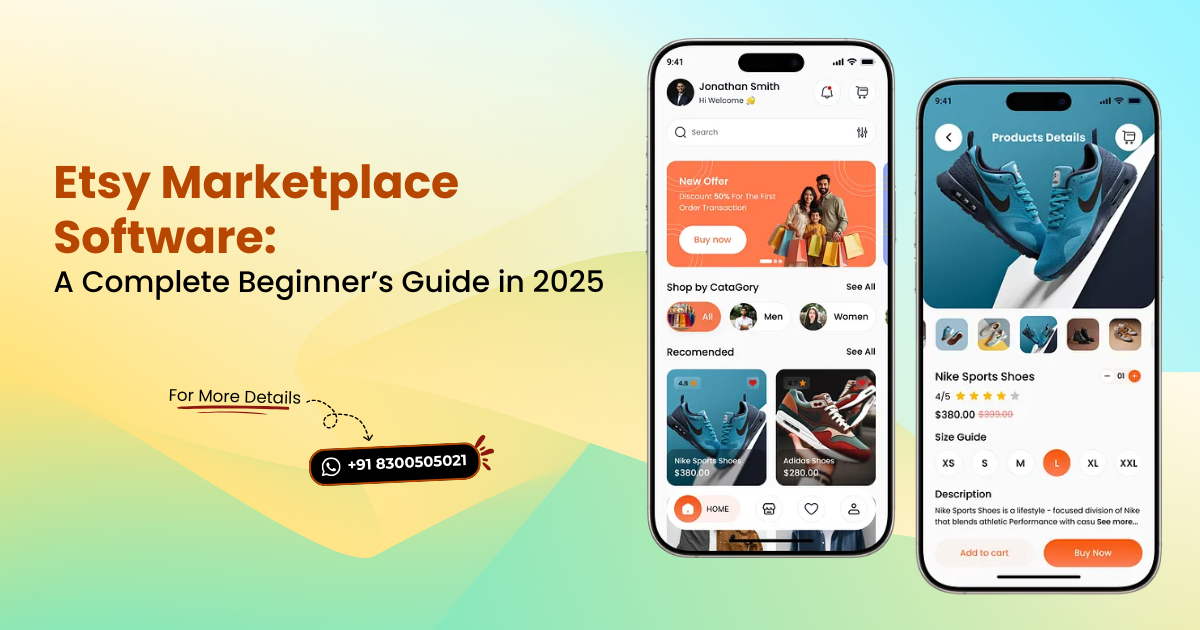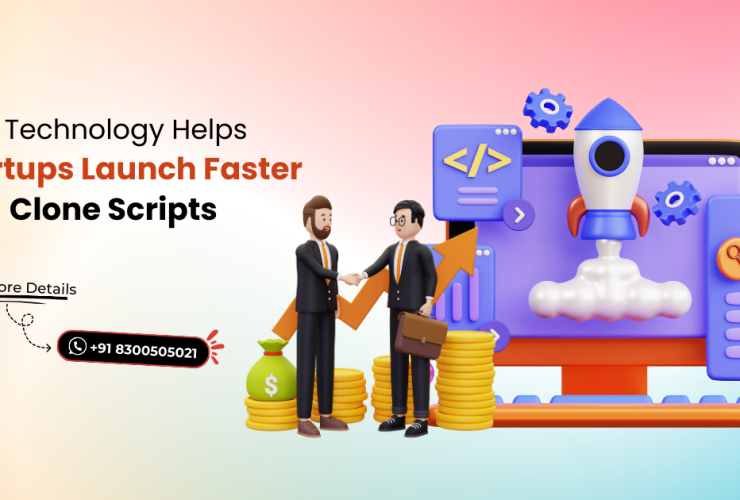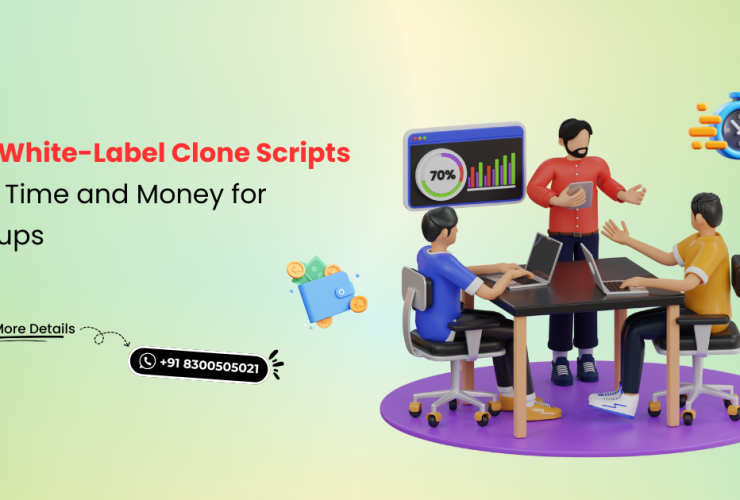Etsy is not a software, but rather an online marketplace that connects buyers and sellers of handmade, vintage, and unique products. As a seller, it is an online store where I can build an adaptable shop, sell items, and sell with the help of an inventory, order management, and analytics tool. These functions are made possible by the software, and Etsy marketplace software allows a two-sided market, which allows millions of independent sellers to reach many customers across the world.
What is Etsy Marketplace Software?
Etsy is not software but an online marketplace platform, which sellers use to operate their businesses. The phrase may also be used to mean Etsy clone software, software that is already written code that enables entrepreneur to start their own marketplace like Etsy.
In the case of individual sellers, Etsy was created with software that has both a mobile application and a website that could be used to manage their shop.
Etsy Marketplace Software WordPress Highlighted Features
We would like to be informed in detail about the Craft Marketplace Script wordpress features. Those are,
WordPress Framework
In our Etsy clone script with the wordpress framework as the CMS, it simply implies that everything can be easily managed with the assistance of a single admin panel.
In addition, it is also very flexible due to the fact that there are numerous themes and plugins that can be placed there to enhance it, and the addition of advanced features.
Elementor
Elementor is a wordpress page builder that enables any user with all kinds of experience to construct and launch their own professional websites that sell e-commerce in the marketplaces.
In addition, they have readily manipulable tools, and thus far, the user can simply drag and drop objects and have a set of templates to create attractive-looking pages.
Woocommerce Support
It exactly coincides with Woocommerce, which is one of the most well-recognized wordpress plugins that can support both digital and tangible goods or products.
In addition, the presence of core functions such as handling, multiple payment gateways, and order management makes the platform ideal for building a feature-rich ecommerce marketplace store.
WCFM Marketplace
The WCFM marketplace is a multivendor-based type of plugin that allows customers to manage their stories.
It can be easily created and managed by the new vendors, which in turn makes them create and manage their own stores through the provision of an intuitive dashboard.
Multiple languages
The resulting site is built using our Etsy marketplace software, and then you are able to reach an international audience, and the site has Google Translate added to it to make the content available in other languages.
It can enhance the user experience because it helps the brand to reach a maximum number of customers, breaking language barriers.
How to Build an Online Marketplace Like Etsy?
In the course of developing an online marketplace such as Etsy, you must perform some research on your niche, select a development platform, and develop a set of features that both sellers and buyers could use. You will have to work towards appealing to and gaining both halves of the market, and gaining trust.
Now we will take a step-by-step action of creating and starting your own online marketplace, such as Etsy, here.
Phase 1: Planning and Research
Establish your Niche and Business Model: Etsy specializes in vintage, craft, and handmade products.
To develop a base of loyal customers, you need to decide on a particular market segment to reach.
A niche would be useful to differentiate against large competitors.
Identify your Source of Revenues: Marketplaces can be monetized by any of several solutions, and you can either apply one or a blend:
Commissions: Make a percentage on each sale, like Etsy does.
Listing Fees: A small fee is charged for each listing of a product.
Subscription Plans: It offers various access or functionalities to sellers at a monthly or annual fee.
Listings Feature: Sellers have an option to pay to be seen more.
Conduct Market Research: Survey the potential customers and research the competitors to make an analysis of the demand in your selected niche. This will assist you in determining the unique selling proposition (USP) that will distinguish your marketplace.
Phase 2: Building the Platform
Select a field of development. Your marketplace could be built in three primary ways:
No-code/SaaS Platforms: There are solutions such as Sharetribe or Shopify (with a multi-vendor app) that enable you to build an operating marketplace with no code whatsoever. It is a cheap and quick way of introducing a minimum viable product (MVP).
Open-source Platforms: Implement a content management system (CMS) such as WordPress and install extensions to the system, such as WooCommerce. The method possesses a higher technical expertise, yet it provides a higher degree of flexibility.
In-house Development: Find an agency or a team of developers to build the platform using custom code. The option is the most costly and time-consuming, but it can be fully customized.
Focus on Essential Features: In the case of your MVP, you should what sellers and customers need the most:
For Sellers:
Registration and Dashboards: Allows simple registration and an intuitive platform to handle orders, listings, and payments.
Listing Products: This will enable the sellers to post detailed descriptions and images of products and prices.
For Buyers:
Search and Filters: It should be easy to find the products by keyword, category, price, and all other features.
Secure Checkout: Support the integration with various secure payment service providers, such as Stripe or PayPal, and split payments.
Ratings and Reviews: Have a rating system for the products and sellers of the goods to create a level of trust.
Admin Panel: This is a dashboard that will be used to monitor the vendors, commissions, and analytics.
Create User-Friendly(UX) Design: The interface needs to be tidy and mobile-friendly as well as quick to load. No-friction navigation and checkout are essential in the maintenance of customers.
Phase 3: Launch and Growth
Break the chicken-and-egg problem. A marketplace cannot succeed without buyers and sellers. The best approach is proven to be targeting your first sellers first, either with incentives or by targeting the existing communities on the internet.
Test and Launch your Marketplace Platform: Before a large-scale launch, carry out a soft launch on a small scale. This will assist you in finding and troubleshooting bugs and obtaining early user behavior.
Attract initial Users: When you are ready, advertise your marketplace with targeted advertisements, social media, and community activity. You are also able to make promotions to your first customers.
Scale and Iterate: With the increasing marketplace, listen to statistics, including the rate of sales and retention. Consider user feedback as a way of steering the development of your platform and introducing new features. Make sure that you are ready to expand your hosting and infrastructure with increased traffic.
Conclusion
Finally, A 2025 newcomer guide also explains that Etsy is pleasant to be as a creative entrepreneur, yet it should be done strategically due to the increased charges and competition on the platform. Despite the huge market share and lack of difficulties in its implementation, sellers must address the accruing fee, lack of strong branding opportunities, and strong competition, which makes it, perhaps, the best to use as a launcher platform and move to a separate site afterward.








